Portway tunnels
Portway tunnels
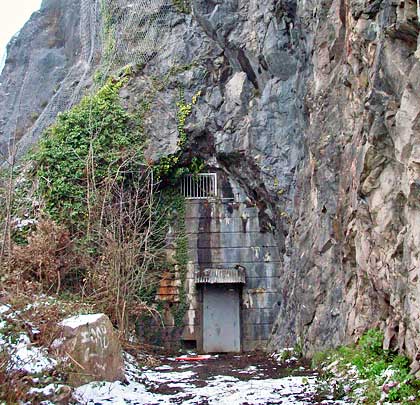
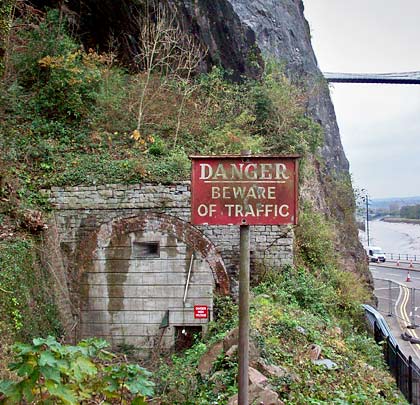
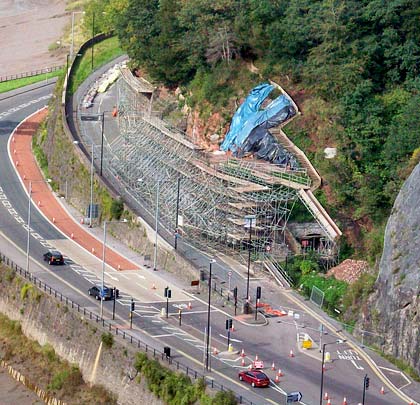
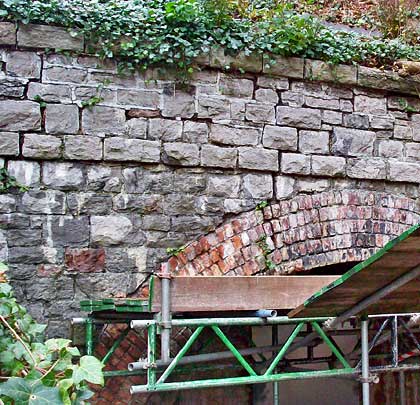
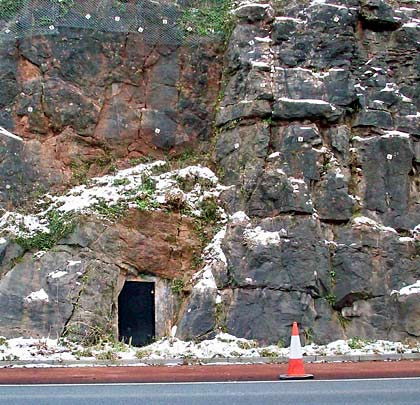
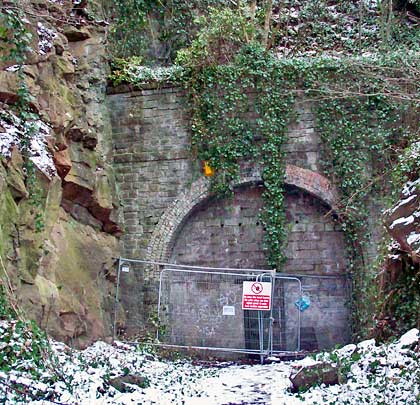
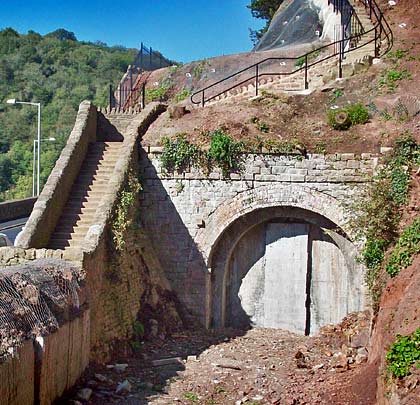







The Bristol Port Railway & Pier began life as a short, isolated line that linked Avonmouth with Clifton, site of Brunel’s famous suspension bridge to the west of Bristol. Work to construct the route along the east side of the Avon gorge began in 1863 and the first revenue-earning train ran on 6th March 1865. Initially operated by Waring Bros, its construction contractors, the route was taken over by the Great Western/Midland in 1871. A connection to the network, courtesy of the two companies’ joint line, was made in 1877 with the opening of the mile-long Clifton Down Tunnel. The route survived until 19th September 1921.
Close to the southern terminus, the line passed through two short tunnels, known as Portway No.1 & No.2. The first of these was just 73 yards long and pierced a rocky outcrop. Fresh air resumed for a short distance before No.2’s portal was encountered. This bore was rather longer at 175 yards, over which Bridge Valley Road would later be laid.
Both tunnels were built for a single track and are on the level, with the line climbing a 1:100 gradient immediately to their north. No.1 has no southern portal – just a hole cut into the cliff face. The other three entrances have stone portals although the linings were constructed in brick. No.2 tunnel has a side door through the rock, allowing access directly into its middle.
The Second World War brought function to the tunnels once again. No.1 was used as a store for council records and museum artifacts whilst No.2 found a role as an air-raid shelter. Toilets were constructed inside as a result of unsanitary conditions and passes issued to reduce overcrowding. There had previously been disturbances when 3,000 people turned up to seek refuge. In January 1941, the BBC arrived with equipment to set up an emergency studio but angry locals staged a sit-in, forcing the technicians to move on. Many years later, the tunnel was taken over by the local gun club.
March 2010 saw Bridge Valley Road closed due to the slippage of a massive retaining wall. As part of the remedial works, No.2 tunnel is being filled in to prevent it collapsing – work that’s likely to cost £2 million.







